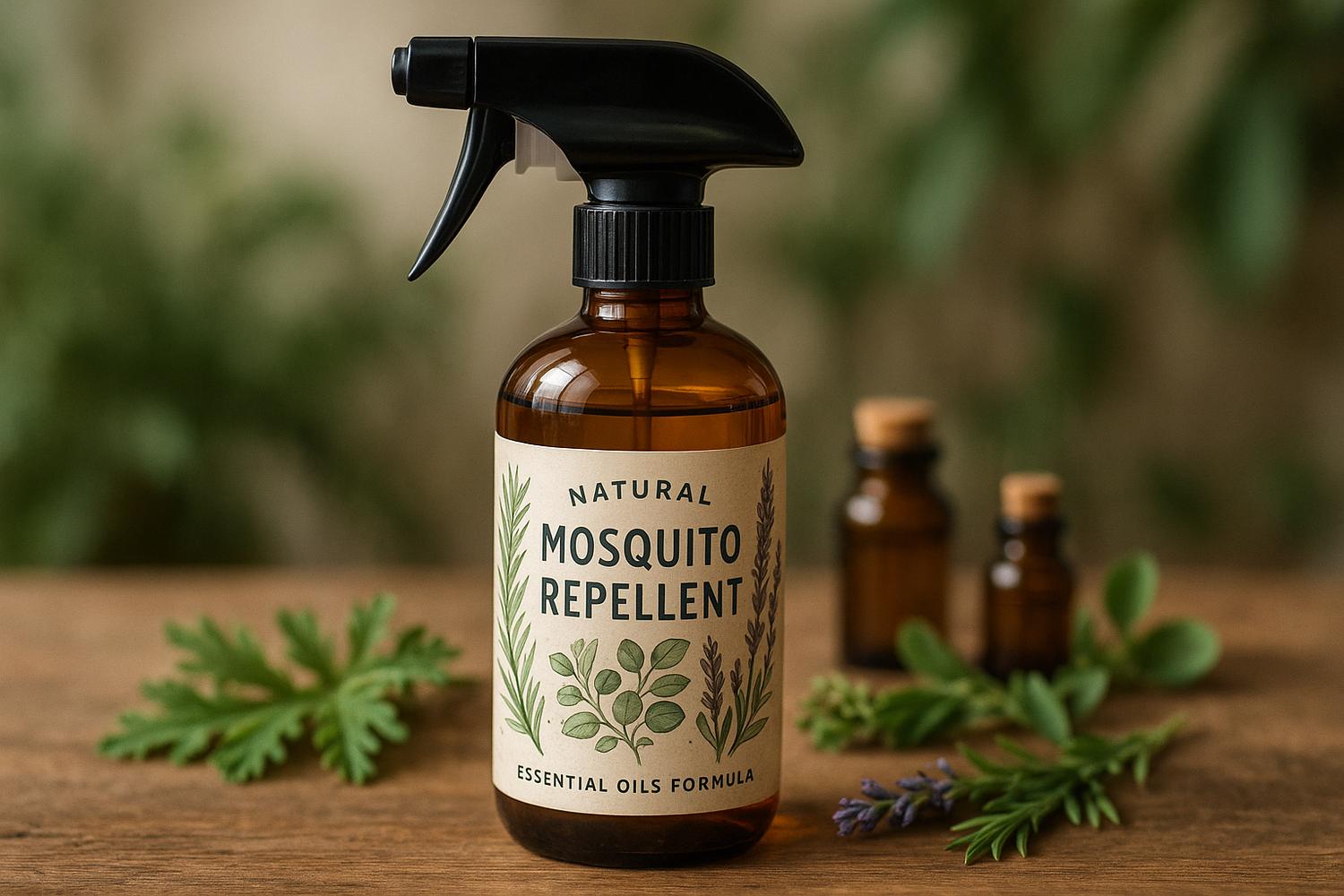The use of fluoride in toothpaste has a bad reputation among people who seek a natural and sustainable lifestyle. This is not surprising. There are certain aspects of this element that are concerning for our health . But the truth is, sometimes this component is necessary.
Furthermore, within the scientific community, there is no consensus on whether or not we should use fluoride in our tooth brushing, which only exacerbates the confusion. Today we'll try to shed some light on this issue and clarify a few concepts. Even so, if you have any doubts, we at Alma Eko urge you to consult a trusted oral health professional.
BENEFITS OF FLUORIDE
The biggest advantage of fluoride is that it's a powerful anti-cavity agent . During the 20th century, as the consumption of sugary products increased, so did tooth decay. Therefore, toothpaste manufacturers began including fluoride in their products because it was so effective against this disease.
In addition, in teeth that are already formed (from 8 years old), it helps to consolidate calcium in the teeth and the formation of enamel.
CONTRAINDICATIONS OF FLUORIDE
Paradoxically, this ability to consolidate calcium, with early exposure or excessive amounts of fluoride, can cause tooth staining and enamel damage . This phenomenon is called dental fluorosis .
Furthermore, another major problem is that, in high concentrations, fluoride can act as an endocrine disruptor , affecting the thyroid gland . Specifically, it reduces iodine levels in the body. Without iodine, the thyroid gland cannot function properly.
Therefore, in the case of children, we encounter two problems . On the one hand, baby teeth and those still developing do not seem prepared for exposure to fluoride. This is why many professionals advise against its use until the age of 8. This is the case with... The Official College of Dentists and Stomatologists of Catalonia , which prepared a guide warning that children under 8 years of age, who do not yet have fully formed teeth, are at risk of suffering from dental fluorosis.
Furthermore, young children often swallow a significant amount of their toothpaste . This increases the risk of endocrine disruption.
It should also be noted that tooth decay is more prevalent at younger ages . As we age, the pH of our mouths changes, and with it, the types of dental problems we experience. Generally, in adults, tooth decay tends to disappear, and other issues arise, such as the accumulation of plaque, which, ironically, protects against cavities but can lead to gingivitis.
HOW MUCH FLUORIDE ARE YOU EXPOSED TO?
Another aspect to consider when making this decision is the amount of fluoride we are exposed to. The European Union sets a maximum limit of 1,500 parts per million (ppm) for fluoride in toothpaste and requires manufacturers to indicate if their products exceed 1,000 ppm. Many oral health professionals consider fluoride use to be perfectly safe below these levels.
Continuing with the discussion, we also want to mention that water fluoridation has been used in countries like the United States as a way to combat tooth decay in populations with a high prevalence of this disease. This is not the case in Spain, where, although fluoride is added to the water, the amounts appear to be very small, according to [source missing]. This study .
But fluoride exposure doesn't only come from the water we drink or from brushing our teeth. The food industry uses that water to produce its food, so we can expect fluoride to be present in our diet .
SO WHAT DO I DO?
We recommend that you consult your dentist . Only a professional can determine whether fluoride is necessary in your case. However, we suggest you think things through and use common sense .
We encourage you to ask yourself some questions : Is there a history of cavities in your family? Could it be due to excessive consumption of sugary products? Is your brushing frequency adequate?
If you feel your diet is correct and you are happy with the number of daily brushings, but you have cavities, you probably need a toothpaste with fluoride.
If a member of your family has cavities and you think a change in eating and/or hygiene habits is necessary, you may need a fluoride toothpaste until those changes are in place.
If you are still concerned about fluoride exposure, especially in the case of children and people with thyroid diseases, you might consider using it only once in your daily brushing routine.
KNOW YOUR OPTIONS
At Alma Eko, our goal is to help you make informed decisions. In addition to providing all the information in this article and encouraging you to consult with qualified professionals, we also want to provide you with information about the different options available on the market, always keeping in mind our commitment to using the most natural products possible .
In recent years, many fluoride-free commercial toothpastes have appeared, containing ingredients that have proven highly effective for oral hygiene . Coconut oil , baking soda , white clay , and some essential oils, such as tea tree oil, are common ingredients in natural toothpastes and have demonstrated significant antibacterial and antiseptic properties . You can find them at Alma Eko. Ben&Anna , in various formats.

If you finally decide on a fluoride toothpaste, the ones we at Alma Eko consider to be of the best quality, with natural ingredients and, in addition, environmentally friendly, are the fluoride toothpastes from Ben&Anna, with mint or orange flavor. And also the option of Dent Tabs tablets. .





